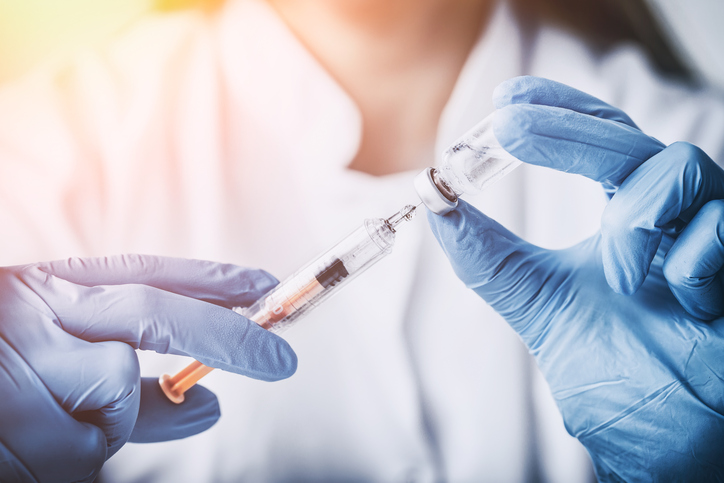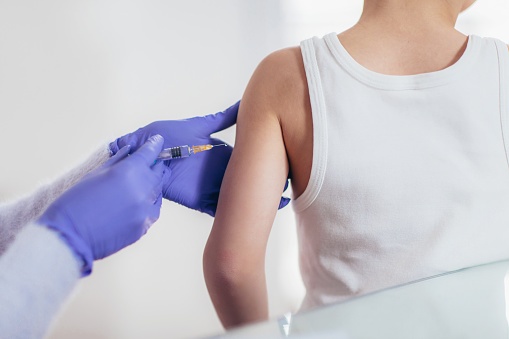
Once–daily recombinant human growth hormone (GH) injectables, such as somatropin, are used to treat GH deficiency (GHD). Despite an understanding of the therapeutic mechanisms, there are few reports on the pharmacokinetics (PK) and pharmacodynamics (PD) of these treatments, or of potentially differing GH PK/PD effects between adult and child patients. As such, researchers led by Theodoros Papathanasiou, constructed a model that, according to their report, successfully predicted the GH PK and insulin–like growth factor-1 (IGF-1) responses in adults and children with GHD receiving daily subcutaneous GH.
Papathanasiou summarized their PK findings, stating that, “while the pharmacokinetics of GH fluctuate across a 24 hour period with a high peak:trough ratio, this effect is less pronounced in the IGF-1 response, where the profile is relatively stable across 24 hours, owing to the delay between pharmacokinetics and IGF-1 response.”
He added that body weight was a identified as an important factor with an inverse correlation to GH exposure and IGF-1–standard deviation score (SDS) response, largely explaining the differences between adult and child patients with GHD.
The study was developed based on a “population PK/PD modelling meta–analysis” of three phase I clinical trials. Researchers first developed a model that could describe GH PK, then a PD model of IGF-1 using PK and PD data in which PK parameters were aligned to estimates from the PK model.
According to the report, the model “accurately describes and predicts GH pharmacokinetics and IGF-1 response,” although Papathanasiou cautioned that “the model is an experimental tool not approved by regulatory authorities.”
Regardless, he and his colleagues stated that their model will deepen understanding of current GH dosing regimens, and explain why different dose concentrations are needed in pediatric care. Lastly, they stated that the model can also inform expectations about PD effects with different GH doses and patient body weights.






 © 2025 Mashup Media, LLC, a Formedics Property. All Rights Reserved.
© 2025 Mashup Media, LLC, a Formedics Property. All Rights Reserved.